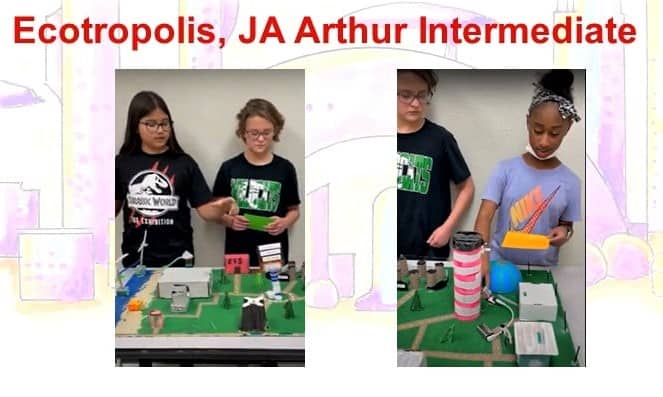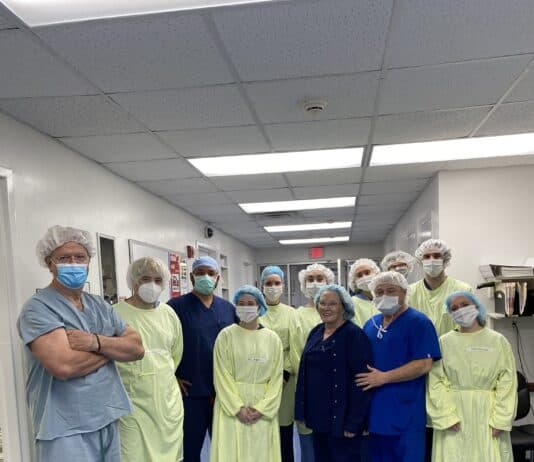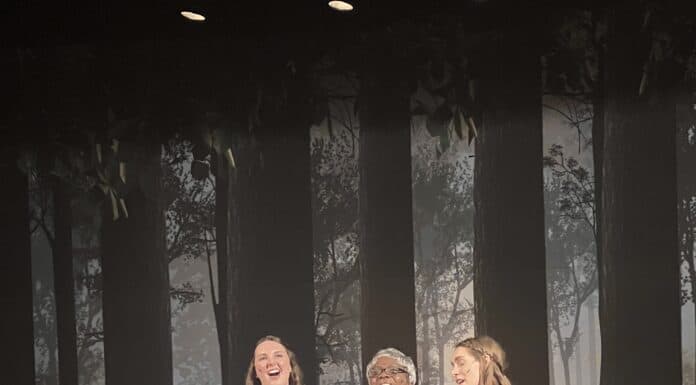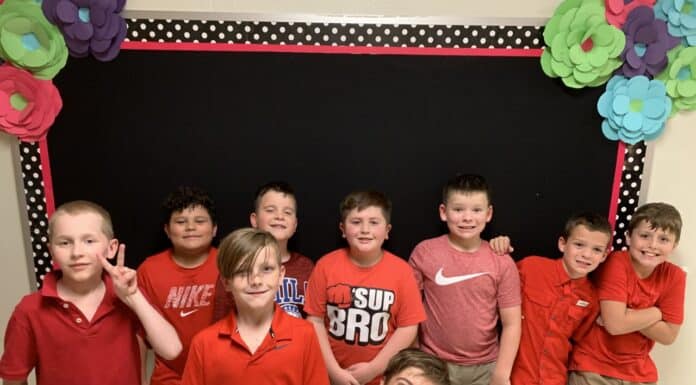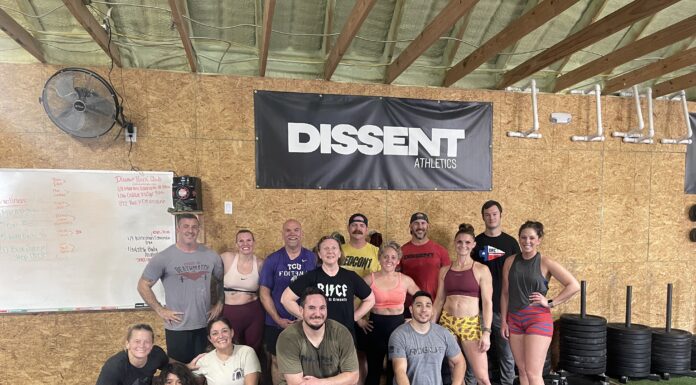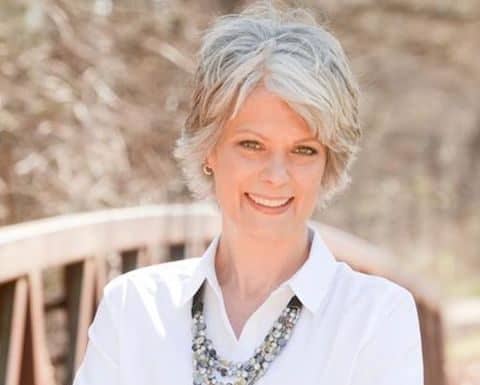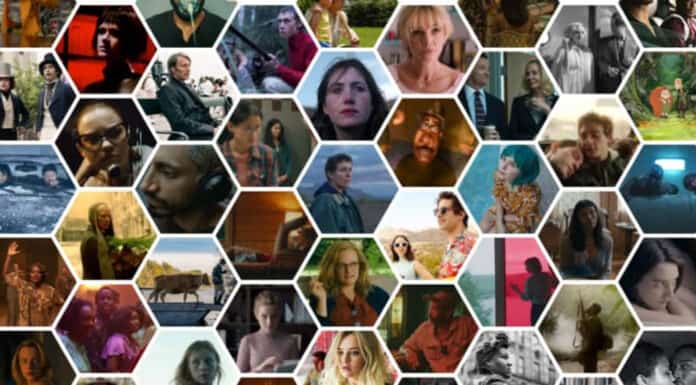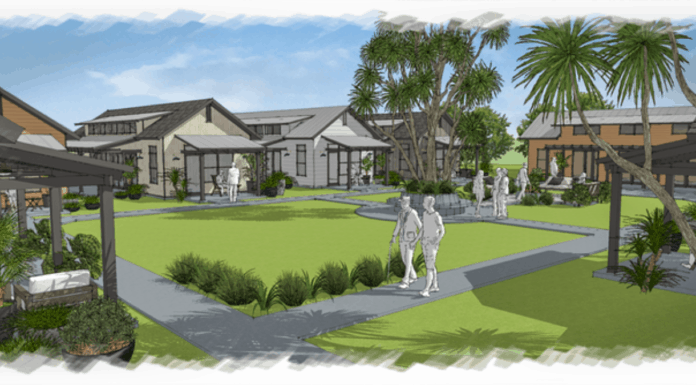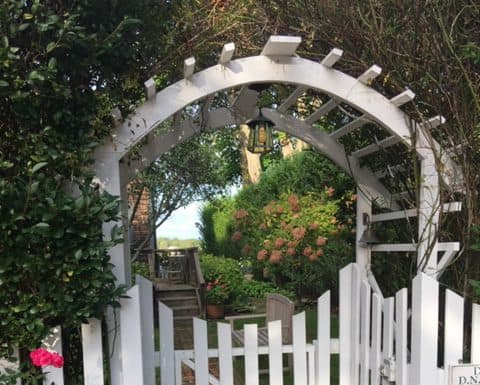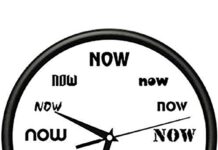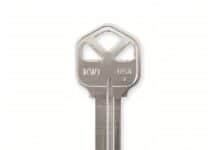Recently a group of students at Kennedale James A Arthur Intermediate School was notified that their presentation in the annual North Texas Future Cities Competition was singled out for “Best Engineering Innovation”.
What is Future Cities?
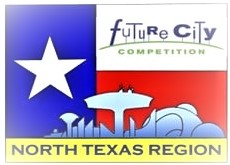
Future City is a project-based educational program for sixth-, seventh- and eighth-grade students that engages and challenges them to develop their vision of a livable city of the future.
Using a hands-on, inquiry-based strategy, the Future City program gives middle school students a fun way to tackle real-world problems while building their STEM skills.
The North Texas Regional also offers a Junior program for 4-5th graders. This is the one students at James Arthur participated in this year.
JAA’s project – Ecotropolis …
For the students, last month’s announcement of recognition came after several months of work and preparation that included developing a blueprint, the construction of their model design, and a final presentation of their project entitled “Ecotropolis”.
It was not an easy task that they took on for themselves. It challenged their minds as well as their talents and skills. But not the least of the challenges was learning to work together to accomplish a mutual goal.
Their teacher, Kristi Patterson-Murrell, provided the guidance while technical/engineering support was given by IEEE Fort Worth.
The Future City Project has three major components.
Part One – project description/outline …
The first part is done with a 1000 word essay. Students write an essay that introduces their future city and provides a solution to this year’s challenge which is to use the three principles of a circular economy to design a futuristic waste-free city. The three principles include:
- design out waste and pollution
- keep products and materials in use
- regenerate natural systems
The essay should include the following
- Introduce the team’s city – at least 100 years in the future.
- Describe what the city and life was like in the past with a linear system: take-make-dispose.
- Choose the most wasteful, polluting system (or systems) in the city and describe how the team applied the principles of a circular economy to reduce and eliminate waste and the technology that facilitated the process.
- The essay should be no more than 1,000 words and free of grammatical and spelling errors. It can include a maximum of four graphics. It should also have a bibliography that cites at least three sources of information.
Part Two – building the model city …
Students have to build a physical scale model of a section of their city using recycled materials. This is the opportunity for the team to realize their vision of the city and see their ideas for the future come to life.
- The Model will be built to scale (scale chosen by team).
- It will illustrate the team’s concept of their future city.
- It will be focused on demonstrating the team’s solution to the annual challenge: A Waste-Free City.
- It should include at least one moving part.
- The model will be built primarily of recycled materials. The total value of the materials used may not exceed $50
Part Three – the presentation …
Students team members will record a short (maximum 7 minute) video presentation that explains their model, their future city, and their solutions to the Waste-Free Future challenge.
- The video should last no more than 7 minutes.
- It will be given by the three students that make up the official team.
- It will focus on demonstrating the model (or model segments) and the solution to the theme.
- It will provide a basic overview of the city and highlight the futuristic elements of the design.
- The Model Presentation Video is worth 75 points. Scores are based on the quality of presentation content rather than elaborate video production..
- The Future City Competition for the Junior category provides prizes for Best Essay, Best Model, and Best Overall Junior Team. In addition Special Awards will be given out recognizing accomplishments in various categories as in the JAA’s award for “Best Engineering Innovation


